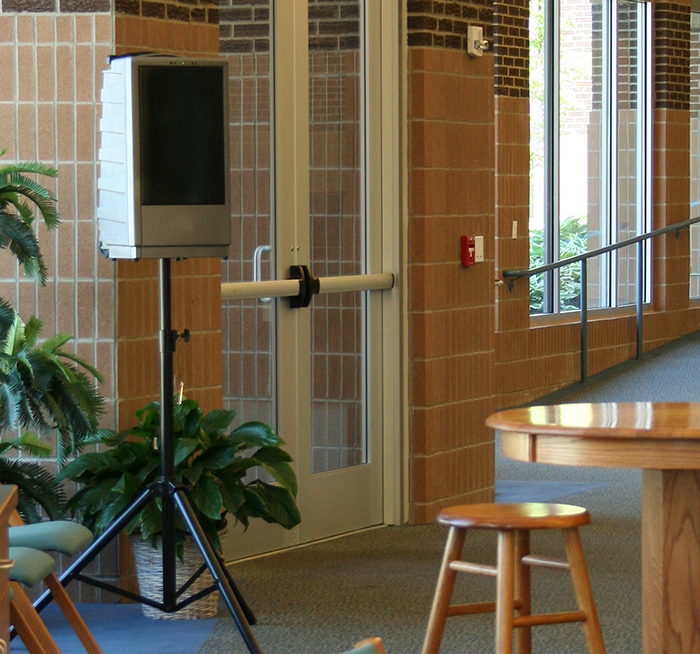Since we’re all in the sound reinforcement business, one way or another, the question asked in the title of this article might not seem very relevant. But the truth is that there may be as many times that we either don’t need a PA system at all or end up using less kit than we initially anticipated.
As both a musician and a “sound person,” I’m often confronted with problems (or at least decisions) on this topic. Let’s look at some examples.
400 Weddings, Anyone?
I play music at about 30 weddings per year, on average, so over the last 14 years I’ve been to more than 400 of them. Many are held in smaller, intimate venues where a PA isn’t required for the officiant nor for the string quartet playing ceremony music.
When we get into larger venues or if the event is outside, the issue of a PA system often comes into the equation. The quartet is still almost never miked, which I generally prefer, so that the inevitable problems with amplifying stringed instruments is avoided.
But really, it generally just isn’t needed. Acoustic instruments were developed over centuries to carry sound to the back of the room. Need it louder? Bring more musicians.
However, a PA for the officiant is another story. For rooms seating, say, 50 or more people, and certainly in outdoor settings, a reinforcement system is almost always required so that all the guests can hear the vows, readings, and exchange of rings. Along with the PA come the problems – the most common of which include: improper wireless system setup, loudspeakers not facing the right way and/or not properly covering the audience, a loud acoustic problem such as a fountain that’s running during the ceremony, and a lack of wind protection for the mics (if outdoors).
These problems beg the question (at least in my mind): Why use a PA if it’s not going to be implemented correctly? It’s along the lines of what my dad would say: “Any job worth doing is worth doing right.”
I realize that often, the micro PA systems are provided and set up by hotel staff, park employees, wedding planners, and the like. In other words, usually not sound professionals. I’m sure if any of us are at an event where these things are happening, we all cringe and share in the sound person global spirit of “what the heck?”
What can be done about this? I’m not sure I know the solution, other than when possible, point out simple fixes that might make a difference. This can be a delicate proposition, though, and I for one don’t want to suddenly be responsible for the DJ’s rig when I’m there with another job to do (play the viola) or even attending just as a guest. Still, sometimes a friendly suggestion can make a difference.
Finding Solutions
At one particular wedding outdoors at a very exclusive venue, I noticed the wireless mic was cutting out from time to time. I looked over and saw that the receiver antennas weren’t raised up and splayed; rather, they were in a folded position.
And, of course no one else seemed to notice anything, although everyone there must have been at least mildly annoyed by the voice dropping in and out. I went over, raised and splayed the antennas, and voilà (see what I did there?), there were no more dropouts.





